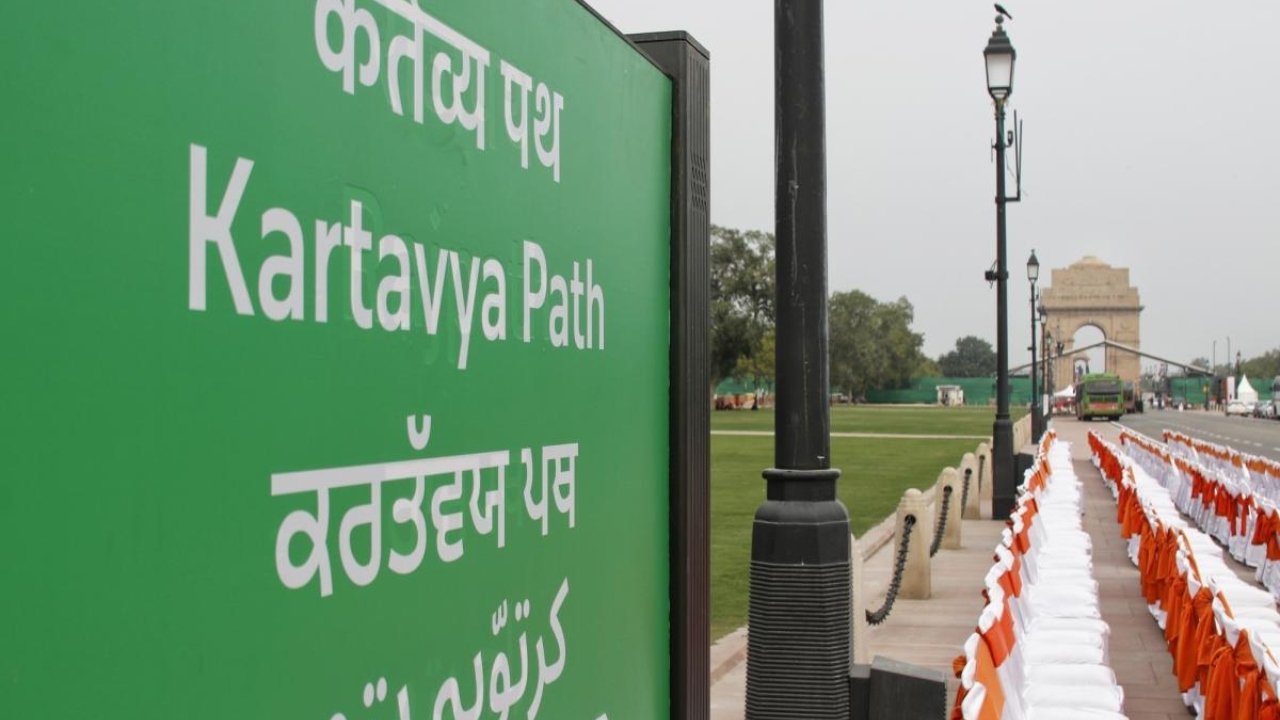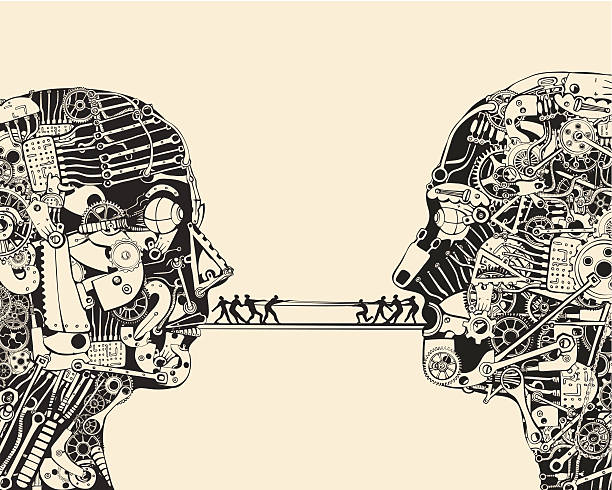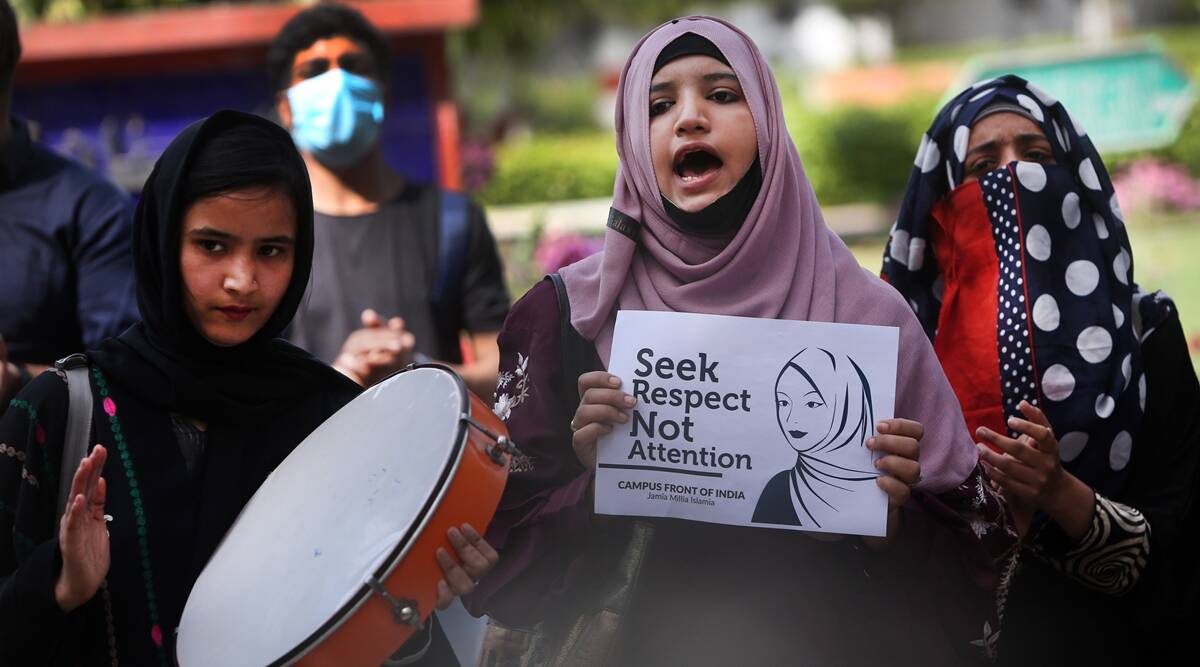Post-colonial theory critic Edward Said, in his world renowned works Orientalism and Culture and Imperialism, talked about how colonialism was not just geo-politically concretized through military, but its roots ran deeper than that. Colonialism was the slow moulding of minds, seeping into the Indian culture to legitimize the Empire’s existence. This narrative was strategically set in the understanding of the colonized, the colonizer proving how it was pre-existent in the culture, by using language as its sword. In this light, Kingsway was introduced as a part of that manipulation which confirmed the British agenda.
In 1911, a civil servant in the British court, John Lewis Jenkins, wrote a memorandum to Viceroy Hardinge, coming up with the idea of shifting the capital of India from Calcutta to Delhi. This would be the first time in the history of the British rule to make such a power move, he said, which would give out the “stroke of statesmanship” to the world. Hence, the very foundation of Delhi’s turning point was a show for imperial power, never a necessity. Immediately hopping on to the idea, the British wanted to create a vision that would be greater than Rome or Washington. It was agreed upon as “The Grand Manner”, which, according to historian Spiro Kostov, was more extravagant than the making of Berlin in the ‘30s. With two varying architectural outlooks, of Edwin Lutyens and Herbert Baker, Delhi was strategized as a perfect balance of western classical influences, alongside Mughal and Rajput embellishments- painting a picture of history and grandeur at the same time. This pattern was followed religiously in the placement of the British royalty as well; as Jama Masjid was the most prominent Delhi feature, it was mandatory to beat it with the British official headquarters. Raisina Hill complex was the chosen premise, as it gave an optimum view of Delhi at a higher altitude and was in the right distance with the Purana Kila, creating an illusion of an old historical reminder of Empirical roots and their legitimacy. All monuments and government offices were well-thought to keep the narrative of Empirical grandeur in check. The potential reasons of Kingsway being the way that it was (the root connecting the Viceroy’s House) were, one that it was attempted to be a replica of London’s Kingsway, or two, that it was set to be a constant reminder of the British hierarchy, or both.
But what’s the connection of the existence of a monument with an agenda, you ask? Holocaust survivor and writer Primo Levi explained it best when he talked about the huge role language played in creating a genocide-worthy narrative around Jews by the self-excusing Nazis. Terms such as “final solution” instead of extermination, “special treatment “instead of killing by gas, “transfer” instead of deportation; became a tactful part of daily speech of the military. It wouldn’t be far-fetched to conclude then, that the term “Kingsway” was a subtle nudge in the direction of making the colonised believe in the British rule as a worthy superior. Even after Independence, the change of the term into Rajpath, although attempted to be as a symbol of Indian freedom, gave away the sound of “the way of the royalty”, like an ever-lingering symbol of Empirical power. Then, on September 8th 2022, the Prime Minister of India, Narendra Modi inaugurated the new name of Rajpath as “Kartavya Path”, meaning “the way of responsibility”. This new naming finally takes a step in the direction of freeing the Indian narrative of the planted British one. It introduces the idea of owning our own responsibility, while creating an atmosphere of empowerment and liberty. The weightage of this move can be better understood by the example of Ngugi Wa Thiango, the first African writer to write in his native language and gaining significant traction for it. His reason to do so, in the atmosphere of everyone aiming at world canon, has been that the mind is heavily influenced by what it reads, hears, sees in language; further solidifying that language is inseparable from culture. Thiango’s theory collaborates with the renaming of the path connecting the monumental India Gate, changing the meaning of an already existing historical dominance.
However, having been acquainted with the same, we then collide with many questions to wonder on our own as well. If the narrative of a nationalist symbol can make or break a nation’s understanding, it’s worth pointing out why it took us so many years for such a realization and action. Addressing the question of language is necessary as well, making us question if historical names really possess such a power, and if so, then is Hindi the nation’s common language to find a meaning in. Lastly, we take upon the speculation of the authenticity of the motive of present-day democratic
governmental body.











